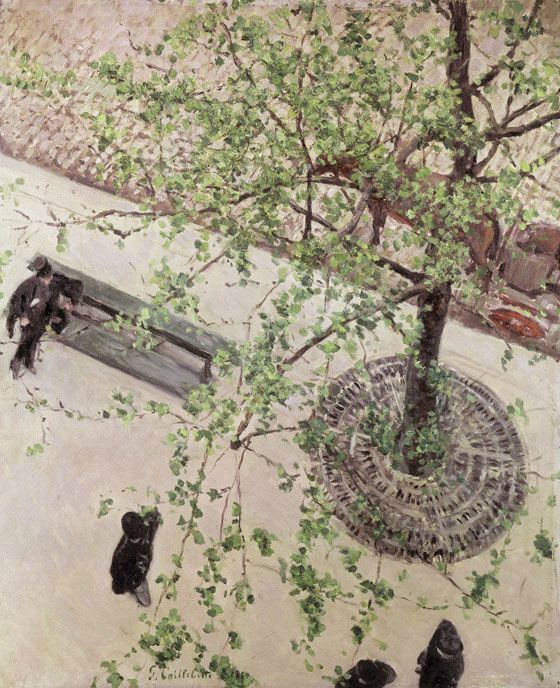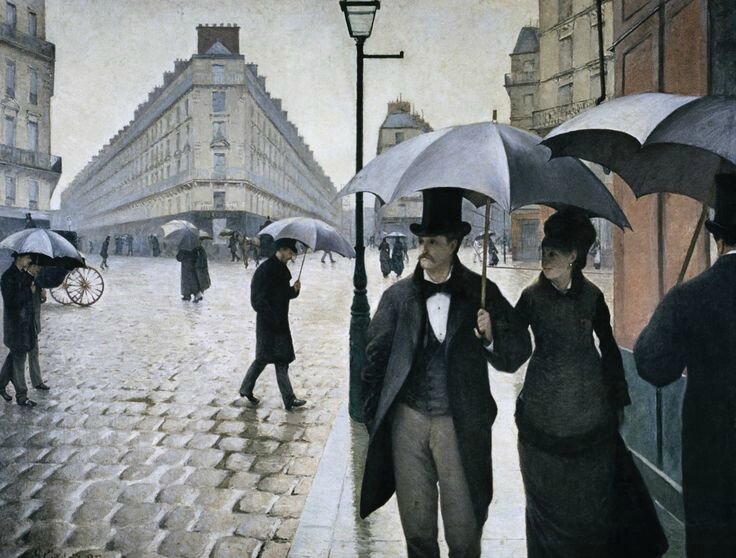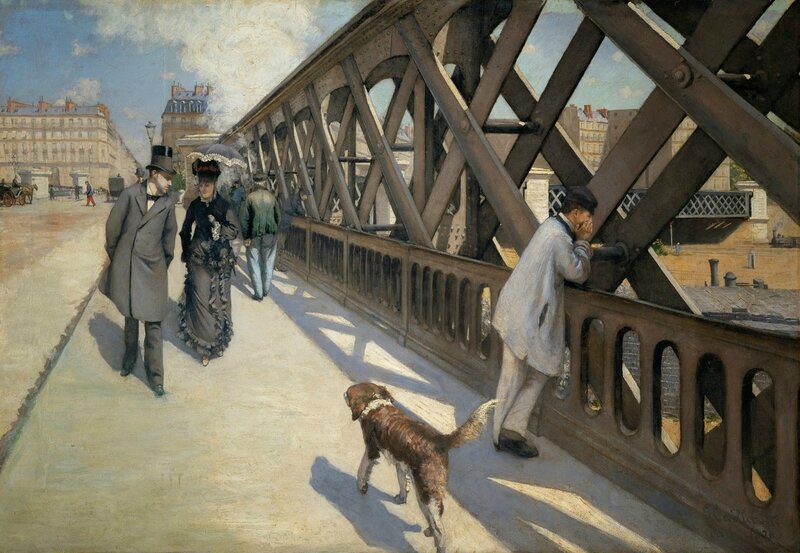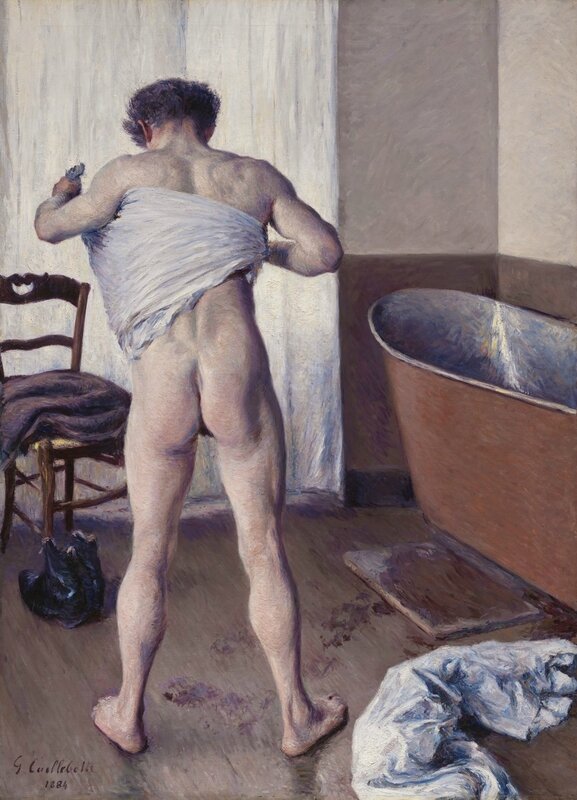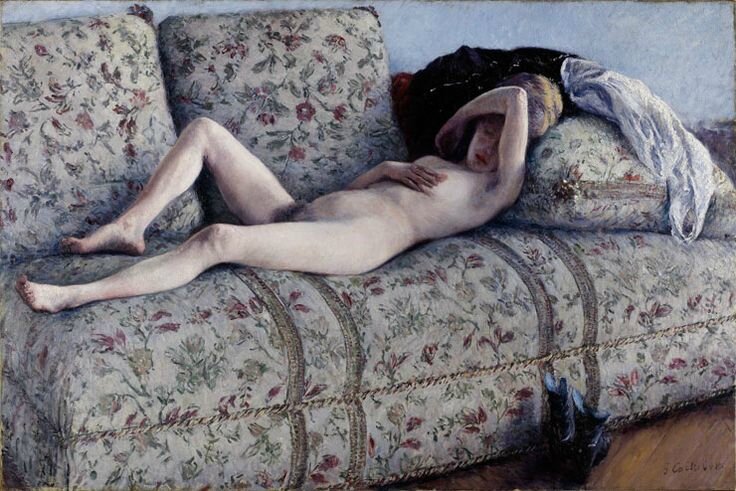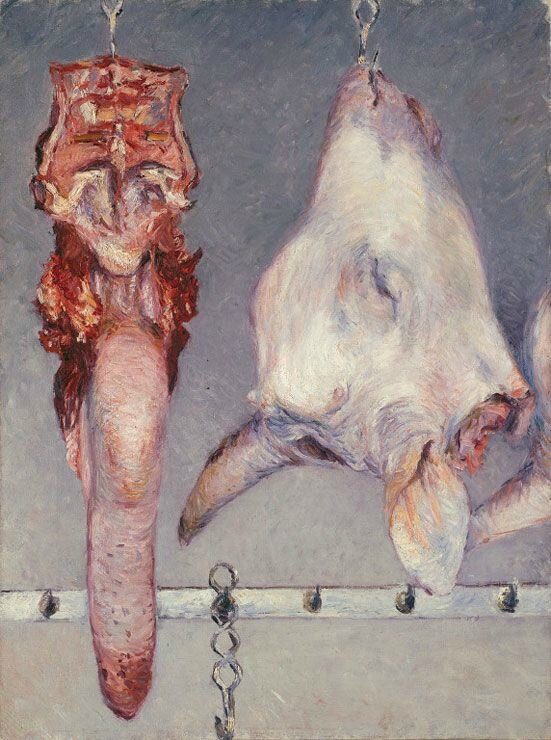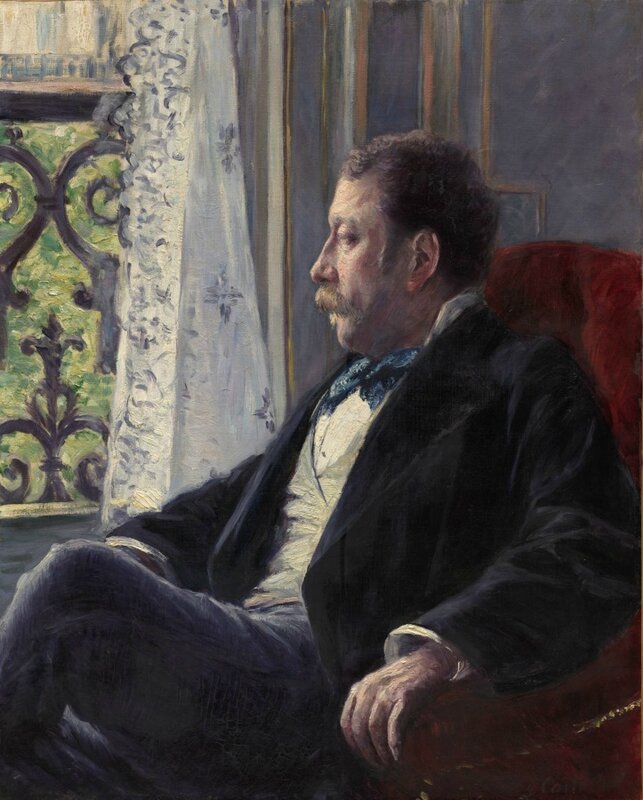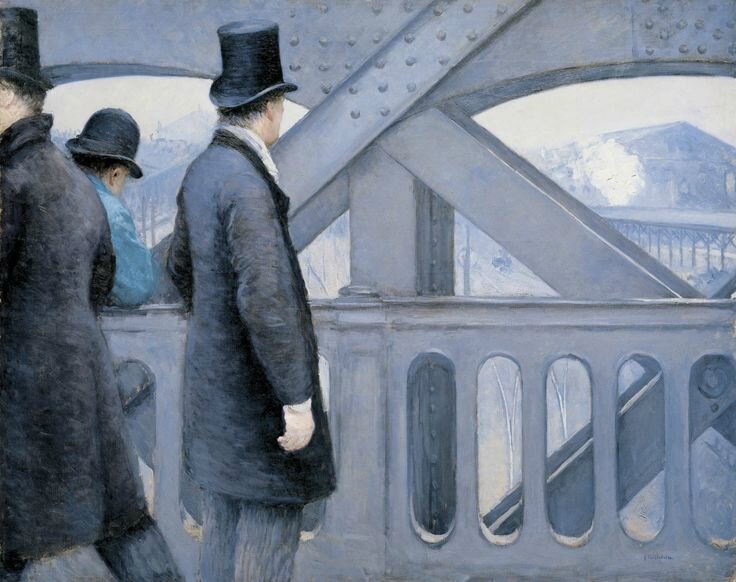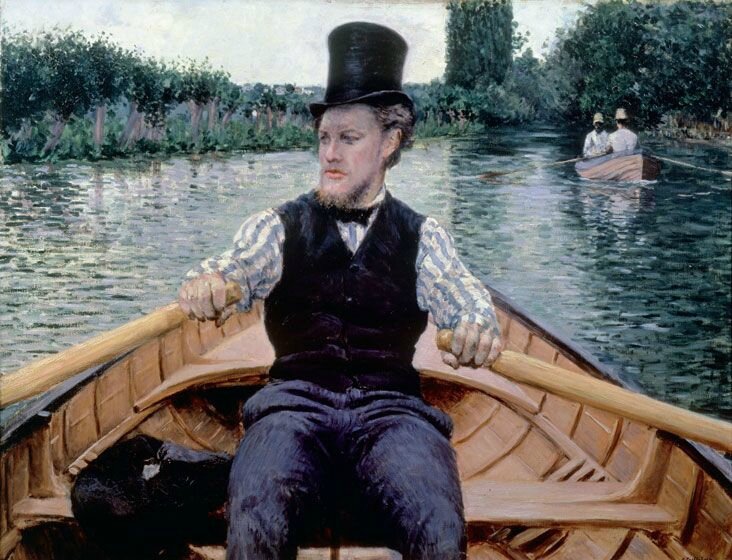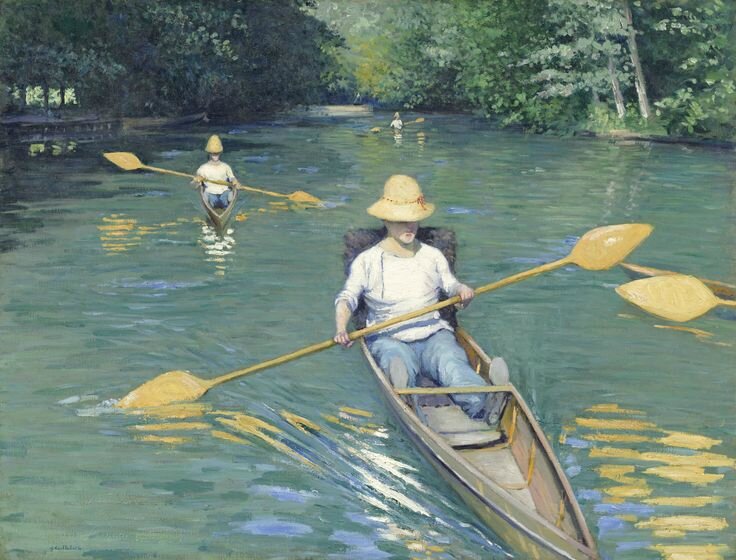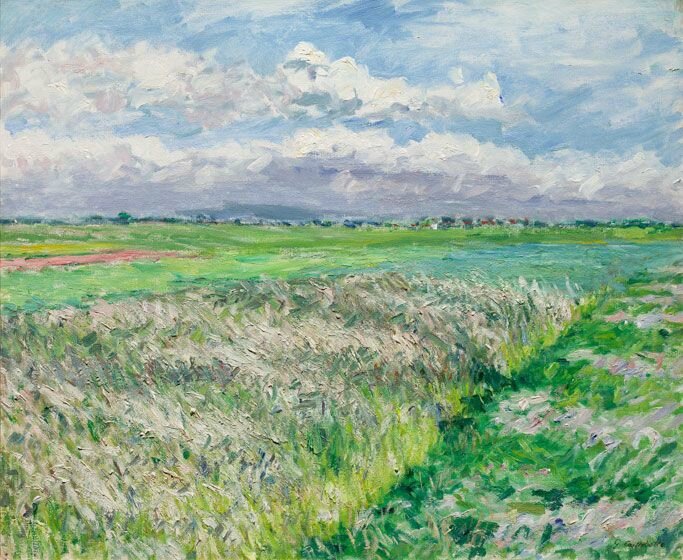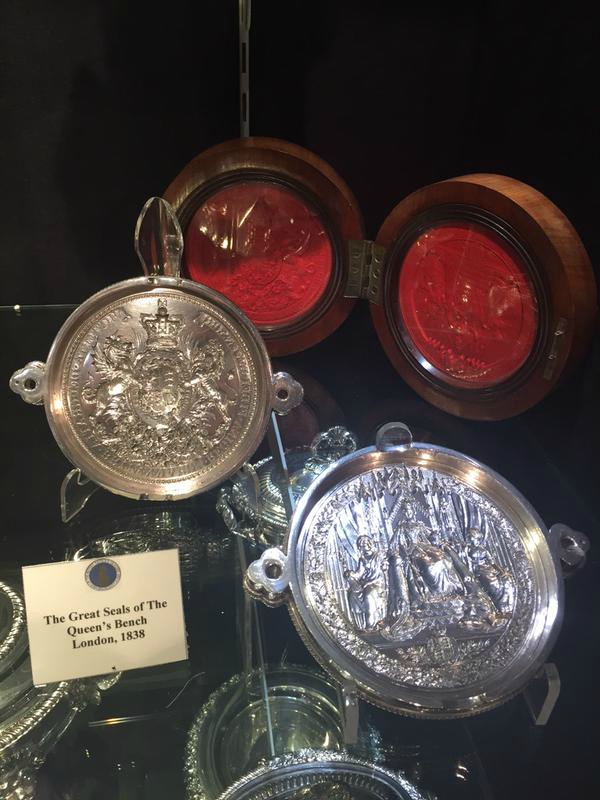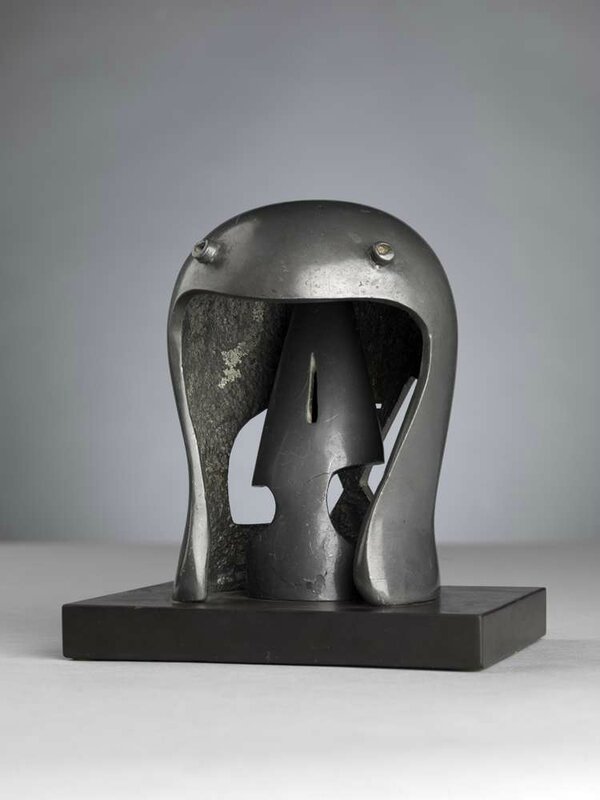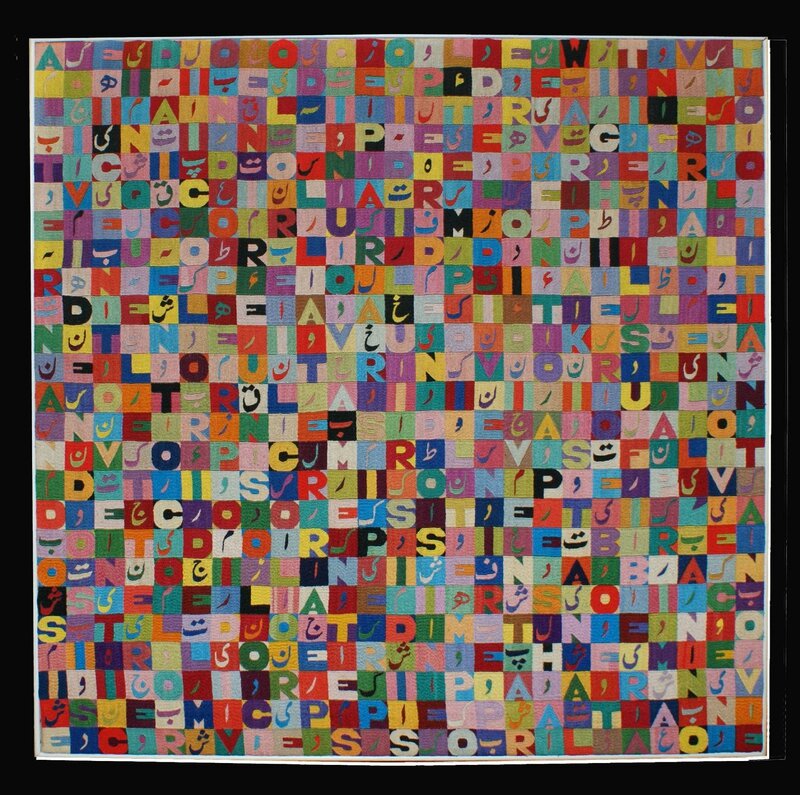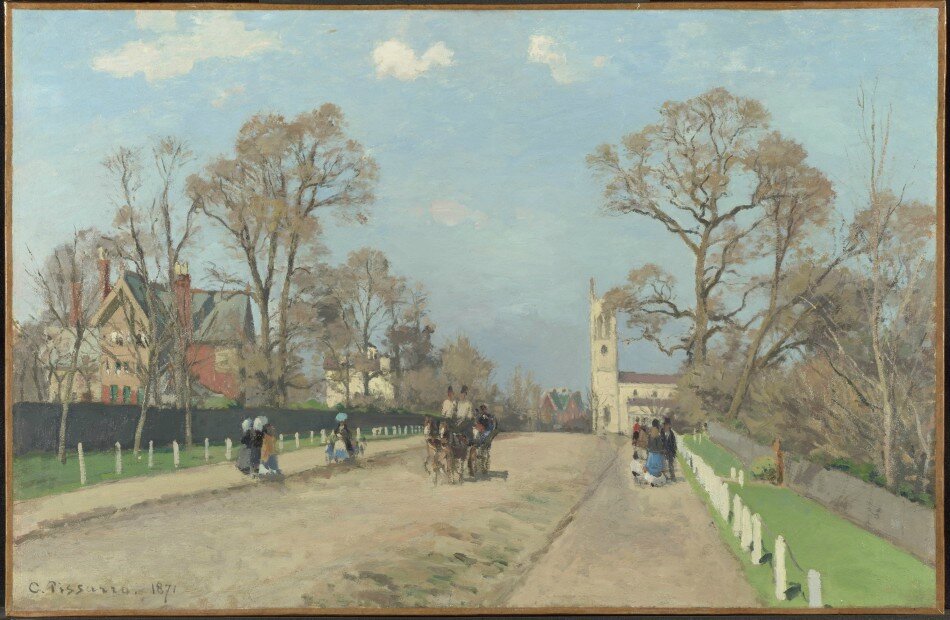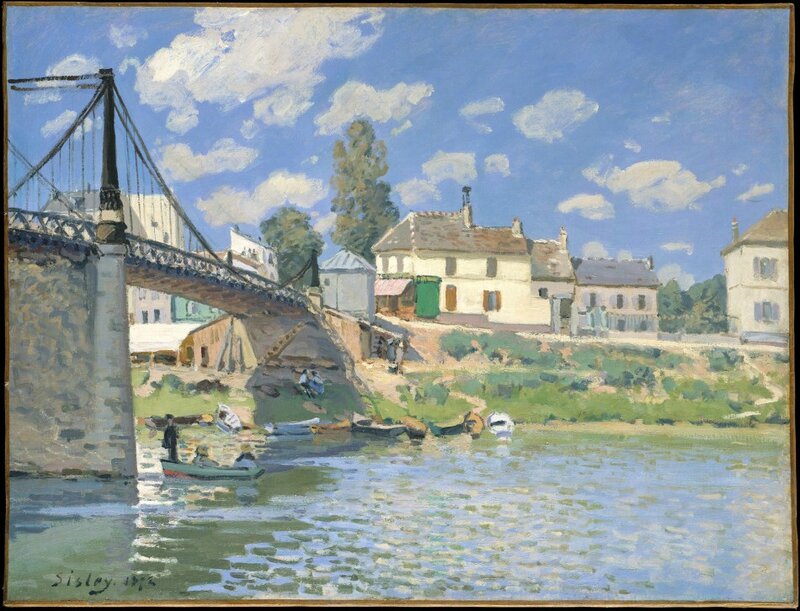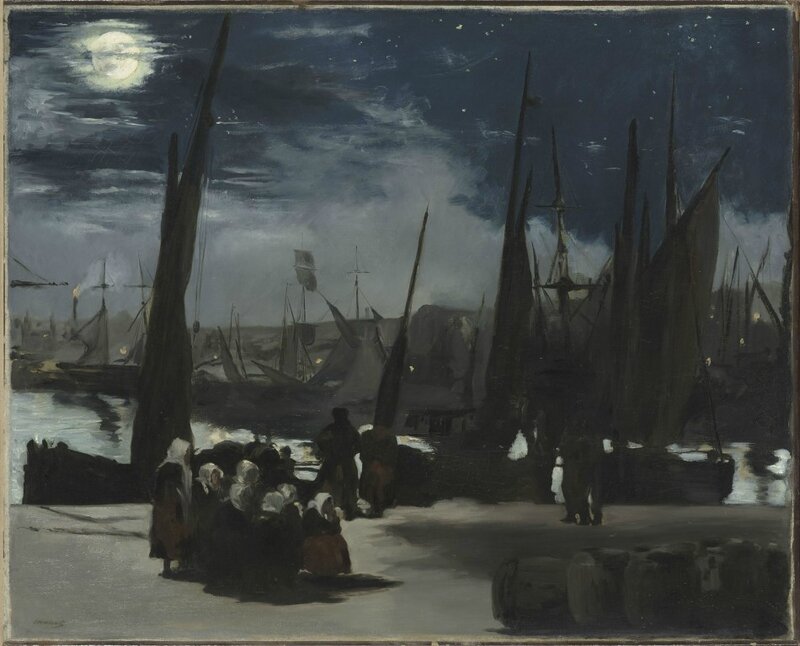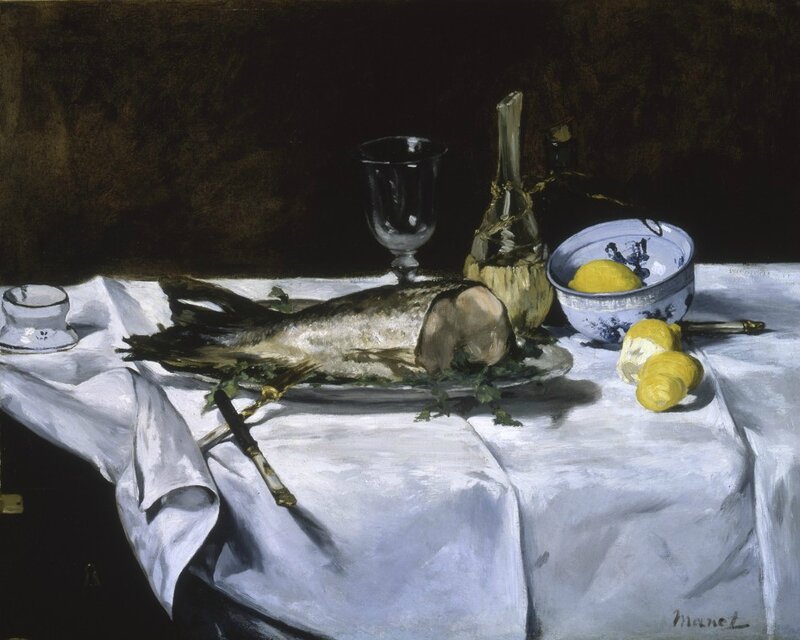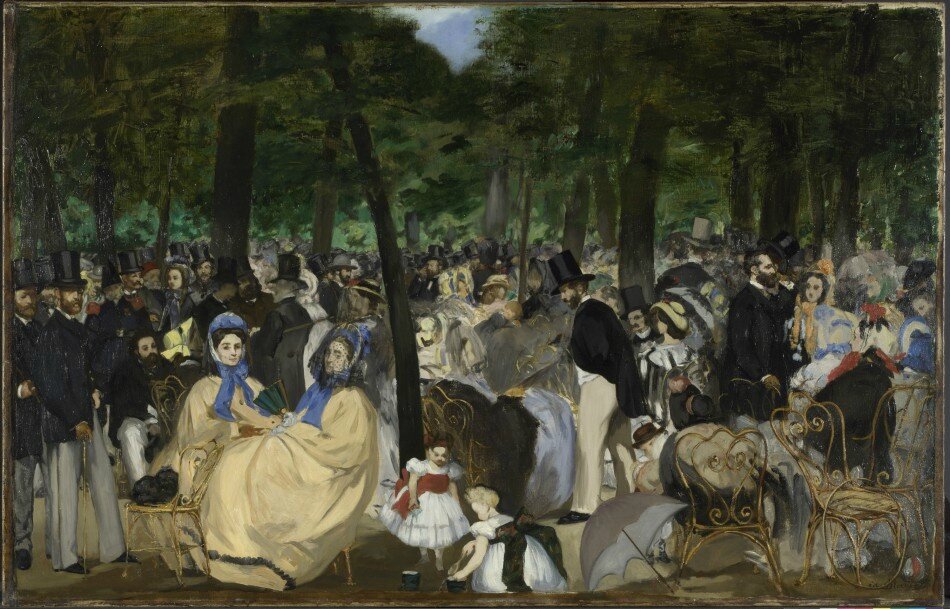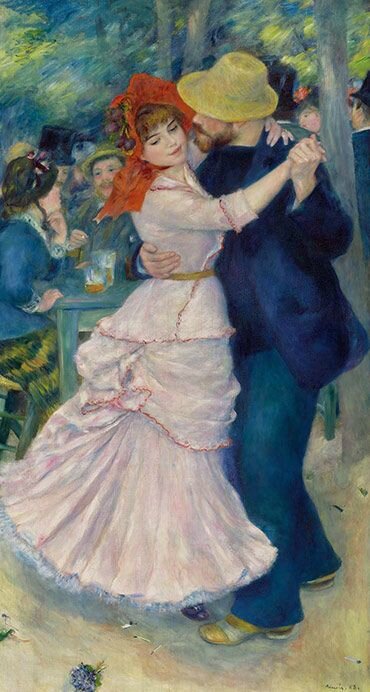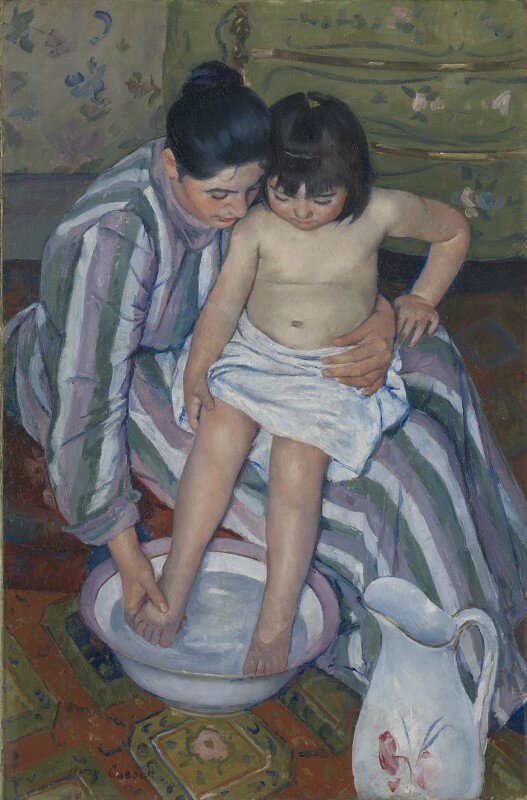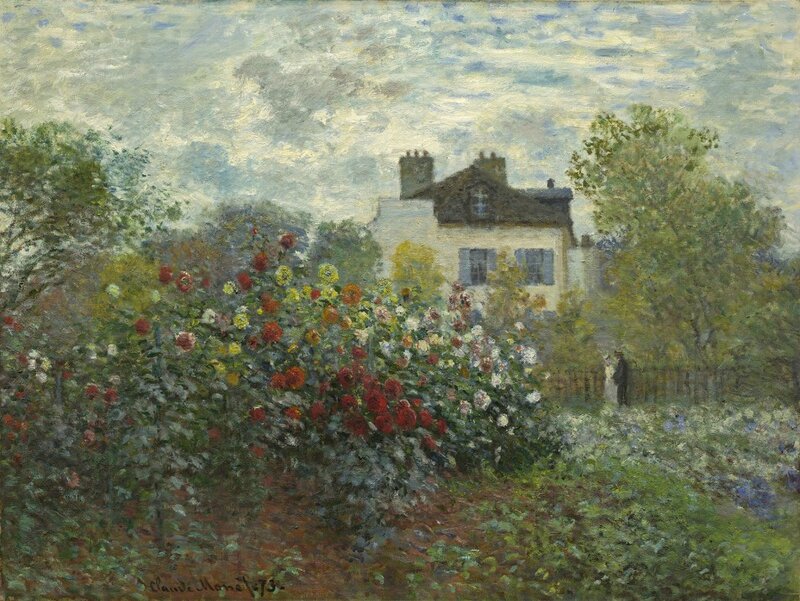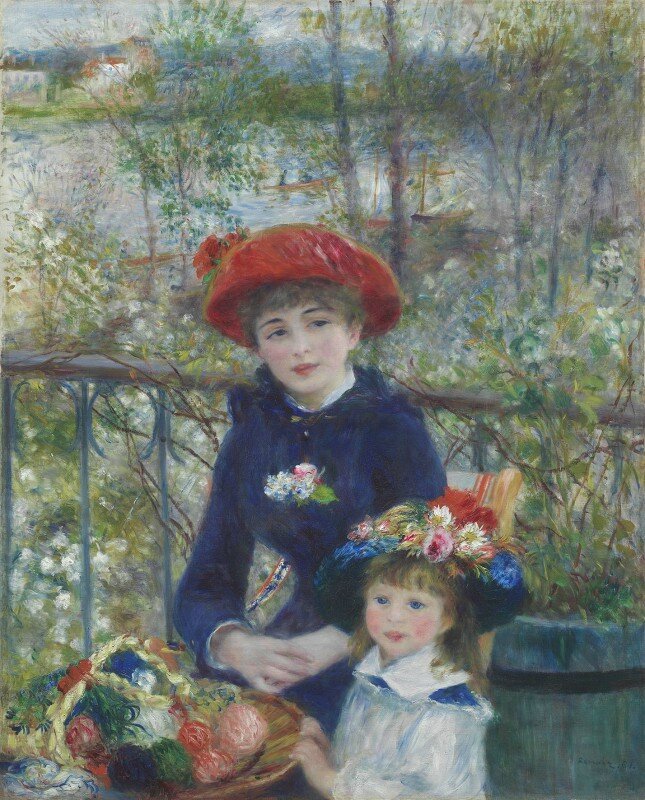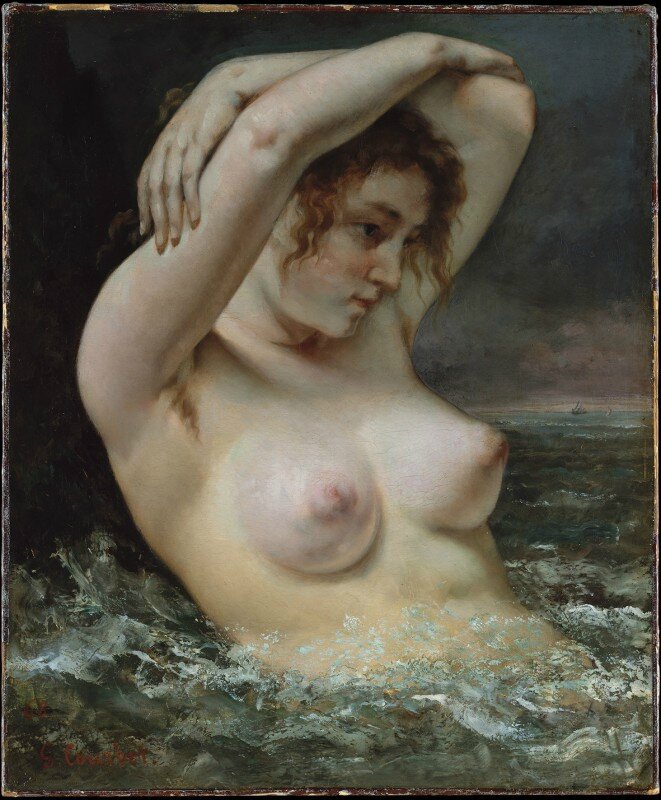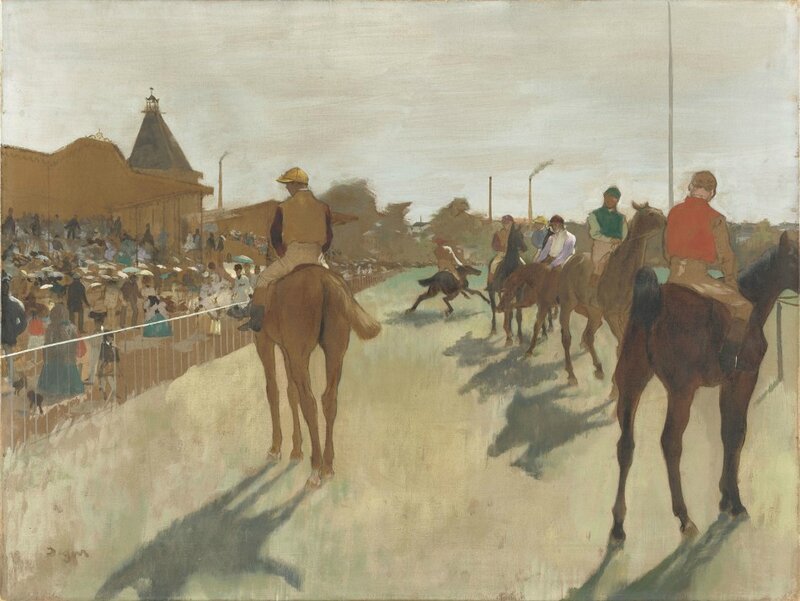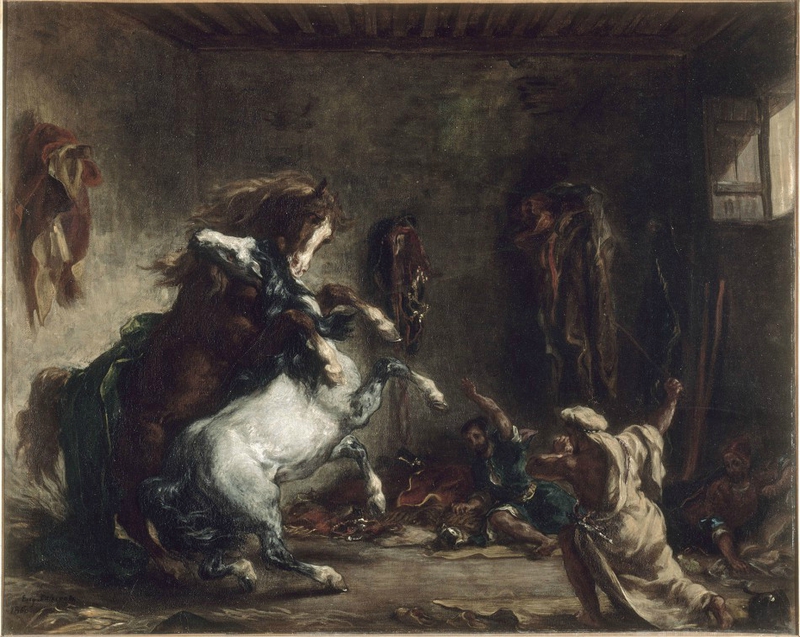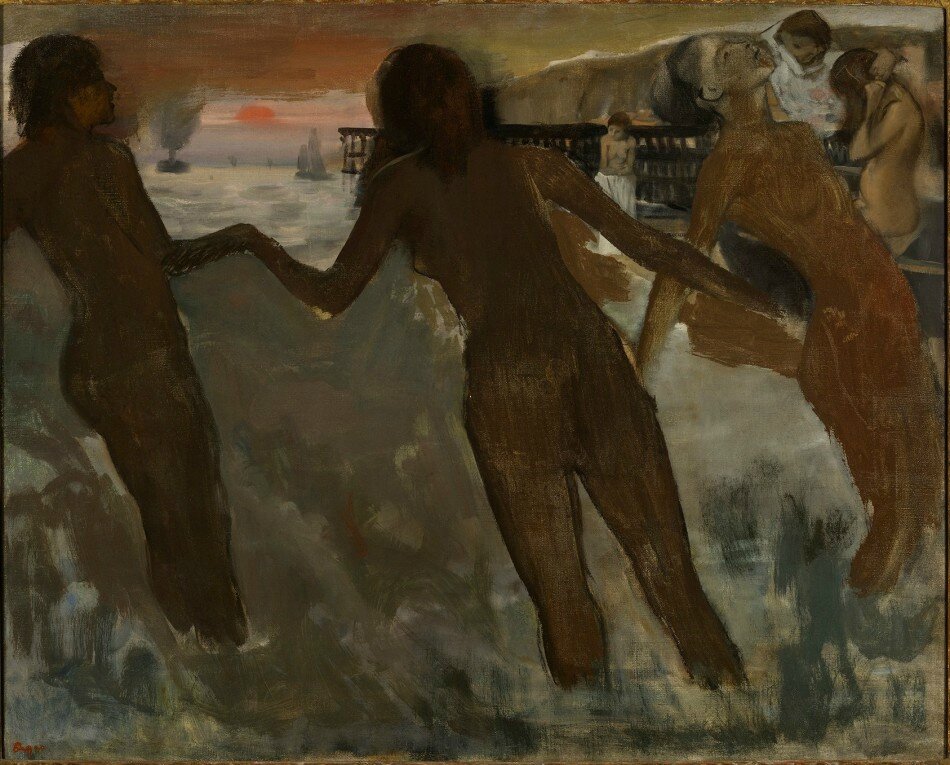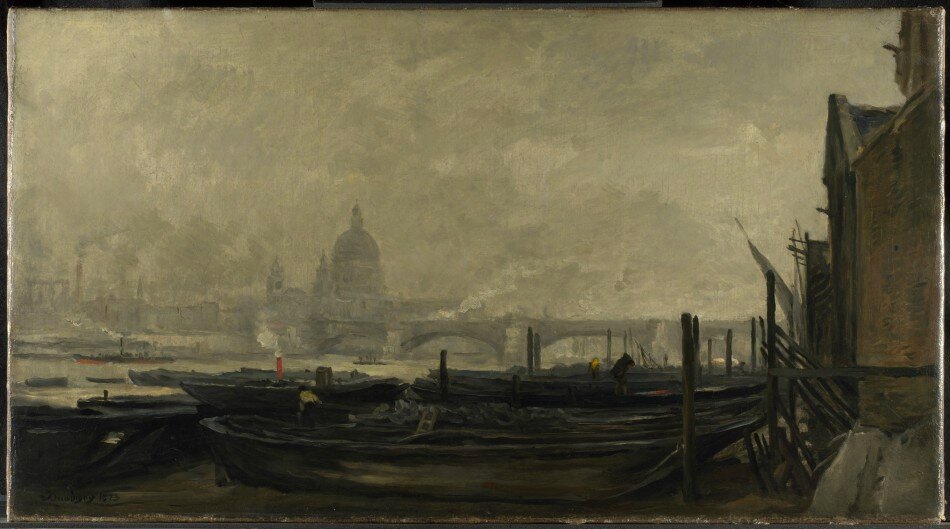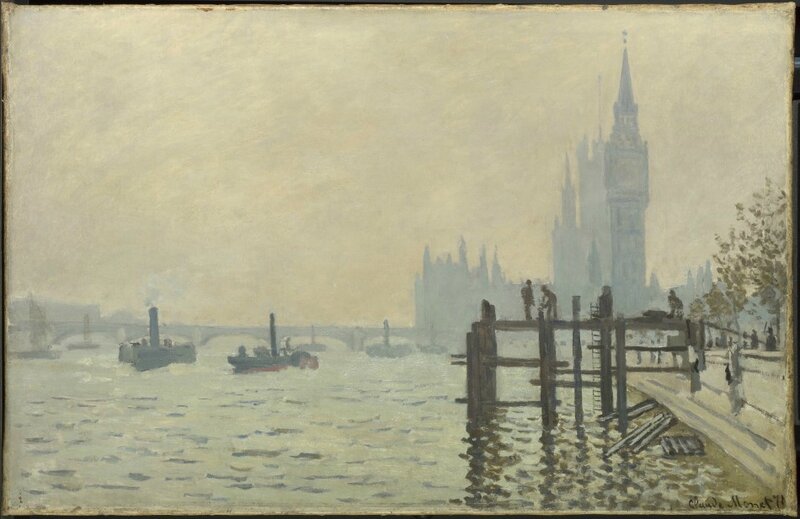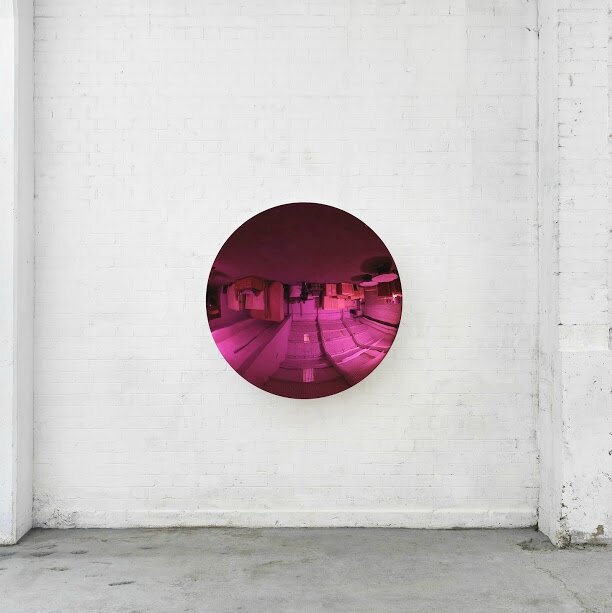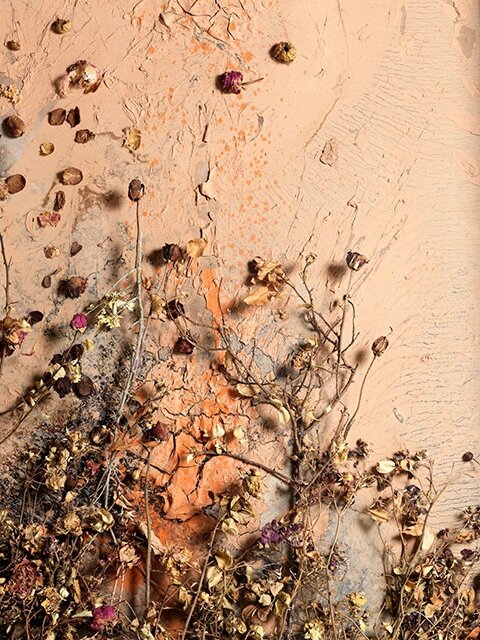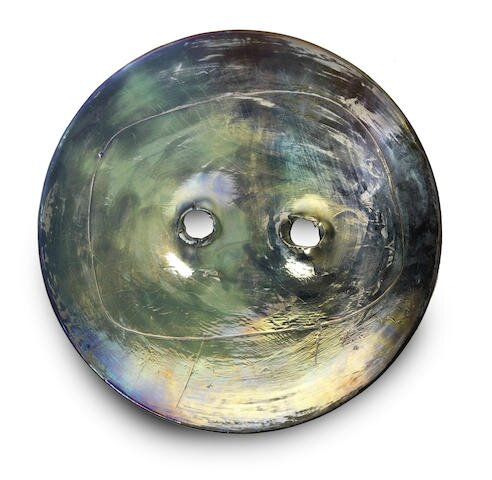![Fu Baoshi]()
Fu Baoshi (1904-1965): "Lady by the Bamboo". Hanging scroll, ink and color on paper, inscribed and dated to 1945, with two seals of the artist. 44 1/4 x 13 inches (112.4 x 33 cm). Estimate $150,000-200,000. Sold for $1,410,000. Photo Michaan.
ALAMEDA, CA.- June 22, 2015 became a day of establishing records at Michaan's, as the Fine Asian Works of Art auction broke new sales ground. The auction’s star highlight, Fu Baoshi’s (1904-1965) hanging scroll Lady by the Bamboo, did not disappoint as it set a new U.S. auction record for the artist, realizing a price of over 7 times estimations. The painting by the revolutionary Chinese artist stemmed from the estate of Mr. and Mrs. David Galula and was secured by a Chinese buyer based in New York. A final floor bid cemented the sale of the coveted scroll to the tune of a handsome price realized of $1,410,000, becoming Michaan’s single highest selling painting to date (lot 6222, $150,000-200,000). Asian Art Specialist Mr. Harry Huang realized the artwork’s potential to break the million-dollar mark and was “…greatly pleased, although not entirely surprised…” by the result.
The next of the auction’s top five performers was yet another painting from the Galula estate in Lin Fengmian’s Boats at Shore, which more than doubled estimates at $88,500 (lot 6224, $30,000-40,000). An underglaze blue and famille verte stem bowl of the Jiaqing mark and period achieved $82,600 (lot 6150, $15,000-20,000) and a pair of underglaze blue lidded ice chests of the Guangxu mark and period realized more than 12 times their high estimation at $76,700 (lot 6163, $4,000-6,000). Lastly, was the Qing dynasty scroll Mandarian Ducks attributed to Shen Quan, which sold for over 6 times the high estimate for $64,900 (lot 6201, $8,000-10,000).
![Lin Fengmian]()
Lin Fengmian (1900-1991): Boats at Shore Mounted, ink and color on paper. Estimate: $30,000 / 40,000. Sold for $88,500. Photo Michaan.
Provenance: Mr. and Mrs. David Galula, acquired in China between 1945-1949.
![Jiaqing]()
An Underglaze Blue and Famille Verte Stem Bowl, Jiaqing Mark and of the Period. Estimate: $15,000 / 20,000. Sold for $82,600. Photo Michaan.
The deep rounded walls enameled in green to depict five sinuous dragons amidst clouds and wisps of flames, all against a ground of delicately incised waves to the exterior, the rim with a floral underglaze blue border and double underglaze blue rings to the interior, the bowl raised upon a slightly flared stem foot incised with swirling clouds and between additional double underglaze blue rings, the interior of the foot encircled by a six-character Jiaqing mark in underglaze blue. Diameter: 6 1/8 inches (15.5 cm)
![Guangxu]()
A Pair of Underglaze Blue Lidded Ice Chests, Guangxu Marks and of the Period. Estimate: $4,000-6,000. Sold for $76,700. Photo Michaan.
Both of square form with flat corners, heavily decorated to all sides with leafy lotus scrolls surrounding stylized character medallionsframed by swirling clouds, between borders of geometricscrolls and floral lappets, the flat rim displaying leafy meanders,one side with a Guangxu six-character mark reserved just belowthe rim, each with a fitted two-piece paneled cover decorated ensuite and pierced with coin designs, with wood stands.11 1/2 x 17 7/8 x 17 7/8 inches (29.2 x 48 cm) each excluding stands.
![Shen Quan]()
Attributed to Shen Quan (1682-1765): Mandarin Ducks. Hanging scroll, ink and color on silk, inscribed, dated to guiyou year of the Qianlong reign (1753), signed and with two seals of the artist. 62 x 32 inches (219.4 x 81.2 cm) approximately. Estimate: $8,000 / 10,000. Sold for $64,900. Photo Michaan.
A reticulated white jade plaque sold as lot 6011 proved to be a sleeper hit with bidders, realizing over 9 times given estimates ($4,000-6,000). The 18th century piece stands as the top lot from the jade and hardstone carvings portion of the catalogue, admired for its even white hue and fine, auspicious, openwork carvings. An Internet buyer in China placed the winning bid for the plaque whose sale ended at a whopping $56,050.
![A Reticulated White Jade Plaque, 18th Century]()
A Reticulated White Jade Plaque, 18th Century.Estimate: $4,000 / 6,000. Sold for $56,050. Photo Michaan.
Finely carved in openwork with a winged Daoist figure amidst scrolling clouds, with dragons to the top and the bottom, the front with a twelve-character inscription arranged in a oval, the reverse with the eight trigram symbols similarly arranged, the semi-translucent stone of an even white tone. Length: 3 1/2 inches (8.9 cm).
Additional lots from the Chinese paintings, calligraphy and books section yielded successful numbers from three highly regarded artists. Lin Fengmian’s circa 1940s ink and color on paper Landscape sold for $47,200 with estimates of $12,000-18,000 (lot 6225), Lu Shoukun’s sprawling Lion Rock, Hong Kong, completed in 1960, realized a price of $23,600 (lot 6246, $7,000-9,000) and a mounted scroll collection titled Five Landscapes by Yuan Songnian finished at $14,160 (lot 6217, $5,000-7,000).
![Landscape]()
Lin Fengmian (1900-1991): Landscape, Mounted, ink and color on paper, signed with one seal of the artist, 14 1/2 x 16 1/4 inches (36.8 x 41.3 cm). Estimate: $12,000 / 18,000. Sold for $47,200. Photo Michaan.
Provenance: Mr. and Mrs. David Galula, acquired in China between 1945-1949.
![Lu Shoukun]()
Lu Shoukun (1915-1975): Lion Rock, Hong Kong. Ink and color on paper, the upper right inscribed and titled, dated 1960 and signed ‘Lu Shoukun’ with three seals, matted, framed and glazed. 18 x 31 inches (45.7 x 78.8 cm) excluding frame. Estimate: $7,000 / 9,000. Sold fo $23,600. Photo Michaan.
Provenance: Atherton Gallery, Atherton, California, Circa 1969.
![Five Landscapes by Yuan Songnian]()
Yuan Songnian (1895-1966): Five Landscapes. Each as a mounted scroll, ink and color on paper, inscribed, dated,
and signed ‘Yuan Songnian’, with one seal, framed and glazed. 13 1/2 x 19 1/4 inches (34.3 x 48.9 cm) each.Estimate: $5,000 / 7,000. Sold fo $14,160. Photo Michaan.
Provenance: From a Private San Francisco Collection.
Categorically, Chinese ceramics held the most property to surpass estimates with front runners seen in a pair of underglaze blue dragon motif jars at $38,350 (lot 6157, $2,000-3,000), two copper-red glazed bowls for $34,220 (lot 6140, $7,000-9,000), a large 15th century Longquan charger realizing $17,700 (lot 6134, $4,000-6,000), a famille verte rouleau vase of an inertior scene (lot 6167, $2,000-3,000) along with two enameled porcelain plaques signed by Wang Yunquan (lot 6188, $6,000-8,000) realizing $16,520 each, a grouping of three underglaze blue dishes selling for $15,340 (lot 6159, $4,000-6,000) and a Qianlong marked famille rose vase depicting the Three Star Gods for $10,620 (lot 6187, $1,000-1,500). Five additional lots in the section sold from anywhere from over 4 times to over double projections as well (lots 6135, 6136, 6142, 6146, 6151).
![Two Underglaze Blue ‘Dragon’ Jars, Qianlong Marks and of the Period]()
Two Underglaze Blue ‘Dragon’ Jars, Qianlong Marks and of the Period. Estimate: $2,000 / 3,000. Sold fo $38,350. Photo Michaan.
Both painted with two sinuous dragons chasing flaming pearls among ruyi scrolls above a ruyi lappet band around the foot, the shoulder displaying the eight Buddhist emblems. Height: 7 7/8 inches (20 cm) each.
![Two Copper-Red Glazed Bowls, Yongzheng Marks and of the Period]()
![mark1]()
![mark2]()
Two Copper-Red Glazed Bowls, Yongzheng Marks and of the Period. Estimate: $7,000 / 9,000. Sold fo $34,220. Photo Michaan.
The first with rounded sides rising on a straight foot, the exterior covered in a raspberry-red glaze pooling to a darker tone around the foot, the interior and the base glazed white, inscribed to the base with a Yongzheng six-character mark within a double-circle; the second is a deep bowl supported on a short slightly flaring stem base lightly molded with a horizontal rib, the exterior under a deep red glaze, the interior white, inscribed to the recessed base with a Yongzheng six-character mark in seal script, wood stand. Widest: 7 3/8 inches (18.6 cm)
![Longquan]()
A Large Longquan Celadon-Glazed Charger, 15th Century. Estimate: $4,000/6,000. Sold for $17,700. Photo Michaan.
Heavily potted and with rounded sides, the interior carved in the center with trellis diaper below a band of peony scrolls, the exterior left plain, covered overall in a thick olive-green glaze pooling in the recesses. Diameter: 18 3/8 inches (46.7 cm)
![A Famille Verte Rouleau Vase, Kangxi Period]()
A Famille Verte Rouleau Vase, Kangxi Period. Estimate: $2,000 / 3,000. Sold for $16,520. Photo Michaan.
Decorated with an interior scene of various characters from the “Romance of the Three Kingdoms” novel, and boys at play on the ribbed neck. Height: 17 1/2 inches (44.4 cm).
![Wang Yunquan]()
Two Enameled Porcelain Plaques, Signed Wang Yunquan (1916-1998), Late 20th Century. Estimate: $6,000/8,000. Sold for $16,520. Photo Michaan.
Each depicting a meandering river through a gorge filled with lush vegetation, populated with people in cliff side architectures and rafts on the river, titled, dated to 1980, inscribed, signed and with seal of the artist, within wood frame. 29 1/4 x 8 1/4 inches (74.3 cm) each excluding frame.
![Three Underglaze Blue Dishes, 18th-19th Century]()
Three Underglaze Blue Dishes, 18th-19th Century. Estimate: $1,000-1,500. Sold for $10,620. Photo Michaan.
The largest decorated to the interior and exterior with outlined longevity emblems, scrolling designs and stylized longevity characters, the base with a Qianlong six-character seal mark; the second similarly designed with various scrolling longevity emblems in blue, the base with a Jiaqing six-character seal mark; the third with its interior painted with the ‘Eight Daoist Emblems’ centering a bat suspending three peaches, the exterior featuring five bats, the base with a Qianlong six-character sea mark. Widest: 8 1/4 inches (21 cm).
Of the textiles at sale, a Tibetan painted Buddhist silk scripture from the Qing dynasty stole the spotlight at over 10 times estimations, selling for $20,060 (lot 6104, $1,500-2,000). An East Bay floor bidder snapped up the religious artwork of numerous auspicious symbols, including Buddhist dragons and Snow Lions. Three other textiles in the sale sold above estimates as well, continuing to add to the auction prosperity (lots 6124, 6126, 6127).
![A Tibetan Painted Buddhist Silk Scripture, Qing Dynasty]()
A Tibetan Painted Buddhist Silk Scripture, Qing Dynasty. Estimate: $1,500 / 2,000. Sold for $20,060. Photo Michaan.
Designed as a wall hanging and painted with a Tibetan inscription between pairs of Buddhist dragons and snow-lions, all below a large parasol flanked by banners, with a colorful silk panel covering the front depicting auspicious symbols. 59 x 25 inches (150 x 63.5 cm) approximately.
Further collectible works of art and decorative items proved popular with bidders, delighting with their novelty at auction. A gilt bronze weight depicting a recumbent stag sold for over 4 times estimates for $20,060 (lot 6094, $3,000-5,000) and a jade snuff bottle carved in the form of a pebble realized a price of over 5 times the high estimate at $16,520 (lot 6061, $2,000-3,000). Representing the breadth of successful property at sale is a carved amber snuff bottle at over 3 times projections (lot 6062) and an aloeswood wine cup (lot 6071) as well as a zitan wood censer (lot 6075) more than doubling estimates.
![A Gilt-Bronze Stag Form Weight, Chenghua Mark]()
![mark1]()
A Gilt-Bronze Stag Form Weight, Chenghua Mark. Estimate: $3,000 / 5,000. Sold for $20,060. Photo Michaan.
Shown in a recumbent position with legs tucked underneath its body and head turned backward, designed with a pair of gently curing antlers and incised details, the underside bearing a reserved Chenghua four-character mark. Length: 4 1/4 inches (10.8 cm) approximately.
![A Jade Snuff Bottle, Qing Dynasty]()
A Jade Snuff Bottle, Qing Dynasty. Estimate: $2,000/3,000. Sold for $16,520. Photo Michaan.
Well-hollowed and of natural pebble form, with an intense layer of rich russet skin, green jadeite stopper. Height: 2 3/4 inches (7 cm).
![An Aloeswood Wine Cup]()
An Aloeswood Wine Cup, 18th Century. Estimate: $1,500 / 2,000. Sold for $$4,425. Photo Michaan.
The irregular slightly conical form carved in high relief with three figures relaxing and engaging in leisurely activities, all within a continuous landscape setting comprising lush pine and bamboo trees. Height: 2 1/8 inches (5.4 cm) approximately.






































































